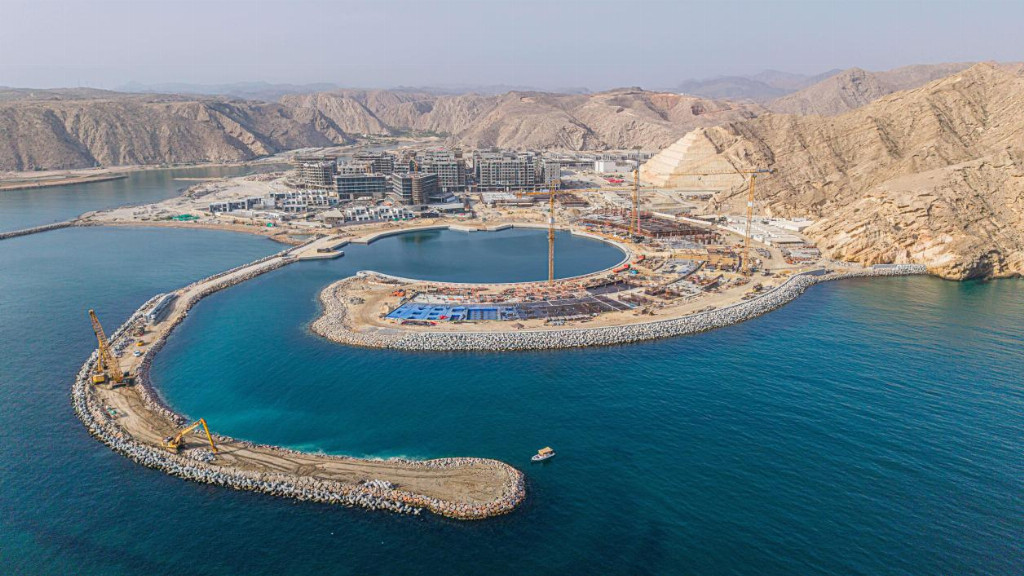
At the beginning of the 2024 project launch, the team repeatedly communicated with the owner and local supervisor about Chinese safety standards. We are not adding extra costs, but ensuring that every worker returns home safely, "said project manager Ma Liming at the communication meeting. To dispel concerns from all parties, the team systematically sorted out the similarities and differences between Chinese and Arabic standards, and used detailed data to demonstrate the value of Chinese safety standards in complex working conditions. After three rounds of joint discussions, all parties have reached a consensus: on the basis of complying with local regulations, fully introduce the Chinese safety management system and add another "safety lock" to the project.
The verification of the anti-collision top device of lifting equipment has become the first "touchstone". A tracked crane that has passed local testing has been temporarily suspended from entering the site due to the Chinese standard of a response time of 1.5 seconds for anti collision and not reaching 0.7 seconds. Faced with the supplier's inquiry, Yang Sibing, the Minister of the Safety and Environmental Protection Department, patiently explained: "The marine environment is complex, and the weight of the torsion block alone is 7.5 tons. Even a delay of 0.5 seconds may cause danger." Although the supplier was surprised after hearing this, they were also willing to accept re inspection. After 3 days, the optimized device reduced its response time to 0.65 seconds and smoothly entered the market. This has been the case for all subsequent device entries. This adjustment has enabled all parties to have a more intuitive understanding of Chinese standards.

The infiltration of ideas requires more support from details. At first, some foreign workers did not pay attention to Chinese regulations such as wearing five point safety belts for high-altitude operations and wearing life jackets for water operations. Yang Sibing did not enforce it, but collected similar project safety accident cases and made them into multilingual video courseware. When workers saw the scene of accidents caused by illegal operations, they tightened their seat belts one after another. After class, Yang Sibing took the opportunity to conduct a simulated storm emergency drill. When the strong wind simulator was started, a Pakistani worker was blown to the ground and grabbed the safety rope tightly, exclaiming, "I understand why it's important!" Since then, protective equipment has gradually become an indispensable "talisman" in the hearts of workers.
The implementation of standards requires more innovation empowerment. The installation of torsion blocks requires precise control of coordinates and stacking sequence. Workers are accustomed to manually adjusting them after lifting, which is inefficient and prone to injury. After Yang Sibing discovered this problem, he borrowed the hook shaped structure of fishing gear and conducted repeated experiments with technical personnel to develop a 1.2-meter-long "safety hook". With this tool, workers can accurately adjust the angle of the block from a safe distance of 1 meter, increasing efficiency by more than twice and controlling errors within centimeters. Thanks to this small invention, the project achieved a safety record of zero accidents in the installation of 4451 torsion bar blocks, and also helped Chinese standards establish a foothold in the Gulf of Oman.
For 666 days and nights, the project team compared and refined the integration of Chinese and Arabic standards item by item, ultimately forming a "dual standard integration" QHSE management system that takes into account local regulations and Chinese standards. From system formulation, training implementation to supervision and assessment, every link is filled with responsibilities and accountability. (Li Xinming, Wang Xinci, Third Navigation Bureau)
